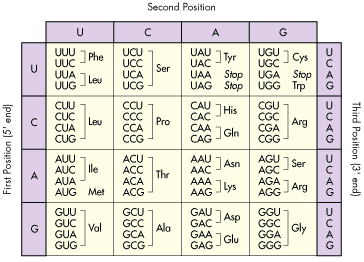
|
Biotechnology Through Innovation (310)446-4460 |
|
|||
|
General
|
Yeast
|
C. elegans
|
Drosophila
|
Xenopus & Zebrafish
|
In Vitro Fertilization
|
Cell Culture
|
Molecular Biology
|
Electrophysiology & Neurobiology
|
|||||
| Search for | Please sign in or create an account |
|






